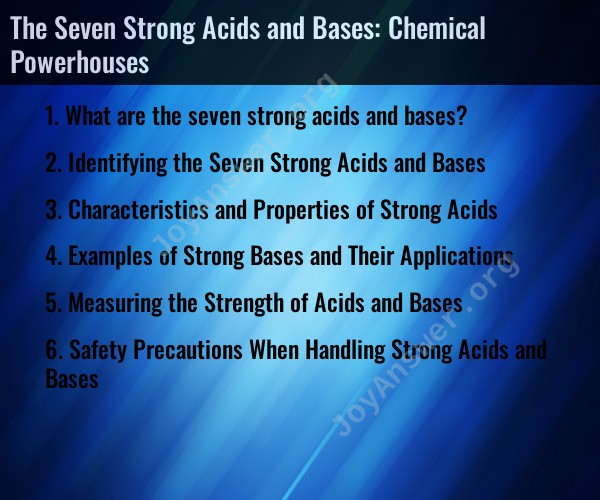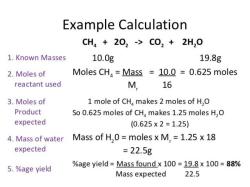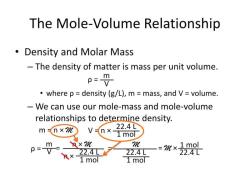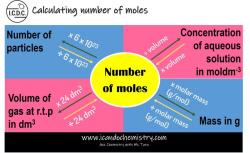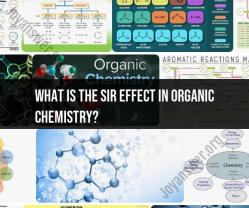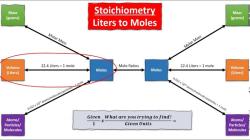What are the seven strong acids and bases?
The seven strong acids and bases are chemicals that are considered to be highly reactive and capable of completely dissociating (ionizing) in aqueous solutions. They are often referred to as "chemical powerhouses" because of their strong acidic or basic properties. Here are the seven strong acids and bases:
Seven Strong Acids:
Hydrochloric Acid (HCl): This is a strong, corrosive acid commonly used in laboratories and industrial processes. It is also found in the stomach's gastric acid.
Sulfuric Acid (H2SO4): Sulfuric acid is a highly corrosive and widely used industrial acid, particularly in the production of chemicals and batteries.
Nitric Acid (HNO3): Nitric acid is a potent acid used in various chemical processes, including the production of fertilizers and explosives.
Hydrobromic Acid (HBr): Hydrobromic acid is another strong acid used in various chemical reactions and in the laboratory.
Hydroiodic Acid (HI): Hydroiodic acid is a strong acid used in organic synthesis and chemical reactions.
Perchloric Acid (HClO4): Perchloric acid is a powerful oxidizing agent and is used in analytical chemistry and laboratory procedures.
Chloric Acid (HClO3): Chloric acid is a strong acid used in analytical chemistry and in the production of some chemicals.
Seven Strong Bases:
Sodium Hydroxide (NaOH): Commonly known as caustic soda, sodium hydroxide is a strong base used in various industrial and household applications, such as drain cleaners and soap production.
Potassium Hydroxide (KOH): Similar to sodium hydroxide, potassium hydroxide is a strong base used in soap production, as well as in some industrial processes.
Barium Hydroxide (Ba(OH)2): Barium hydroxide is a strong base often used in chemical laboratories.
Calcium Hydroxide (Ca(OH)2): Calcium hydroxide, also known as slaked lime, is used in various applications, including construction and as a food additive.
Strontium Hydroxide (Sr(OH)2): Strontium hydroxide is a strong base used in some chemical and laboratory processes.
Sodium Amide (NaNH2): Sodium amide is a strong base used in organic synthesis and chemical reactions.
Lithium Hydroxide (LiOH): Lithium hydroxide is a strong base used in certain industrial applications and in the production of lithium-based chemicals.
These strong acids and bases are known for their ability to react vigorously with other substances and should be handled with care, following appropriate safety procedures. They play essential roles in various chemical and industrial processes.
Identifying the Seven Strong Acids and Bases
The seven strong acids are:
- Hydrochloric acid (HCl)
- Nitric acid (HNO3)
- Sulfuric acid (H2SO4)
- Hydrobromic acid (HBr)
- Hydroiodic acid (HI)
- Perchloric acid (HClO4)
- Chloric acid (HClO3)
The seven strong bases are:
- Lithium hydroxide (LiOH)
- Sodium hydroxide (NaOH)
- Potassium hydroxide (KOH)
- Rubidium hydroxide (RbOH)
- Cesium hydroxide (CsOH)
- Calcium hydroxide (Ca(OH)2)
- Barium hydroxide (Ba(OH)2)
Characteristics and Properties of Strong Acids
Strong acids are characterized by the following properties:
- They completely dissociate in water, meaning that all of the acid molecules break down into hydrogen ions (H+) and anions.
- They have a low pH, which is a measure of how acidic a solution is. A pH of 7 is neutral, a pH below 7 is acidic, and a pH above 7 is basic.
- They are corrosive and can damage skin, metal, and other materials.
Examples of Strong Bases and Their Applications
Strong bases are characterized by the following properties:
- They completely dissociate in water, meaning that all of the base molecules break down into hydroxide ions (OH-) and cations.
- They have a high pH, which is a measure of how basic a solution is.
- They are corrosive and can damage skin, metal, and other materials.
Strong bases have a variety of applications in industry and manufacturing. For example, sodium hydroxide is used to make soap, paper, and detergents. Potassium hydroxide is used to make fertilizers and batteries. Calcium hydroxide is used to make cement and plaster.
Measuring the Strength of Acids and Bases
The strength of acids and bases can be measured using a variety of methods, including:
- pH scale: The pH scale is a measure of the acidity or basicity of a solution. A pH of 7 is neutral, a pH below 7 is acidic, and a pH above 7 is basic.
- pKa scale: The pKa scale is a measure of the acidity of a weak acid. The lower the pKa, the stronger the acid.
- pKb scale: The pKb scale is a measure of the basicity of a weak base. The lower the pKb, the stronger the base.
Safety Precautions When Handling Strong Acids and Bases
It is important to handle strong acids and bases with caution, as they can be corrosive and dangerous. Here are some safety precautions to follow:
- Always wear gloves and eye protection when handling strong acids and bases.
- Work in a well-ventilated area.
- Avoid contact with skin and eyes.
- If you do get acid or base on your skin, rinse it off immediately with water.
- If you get acid or base in your eyes, flush your eyes with water for 15 minutes and seek medical attention immediately.
- Store acids and bases in separate containers, away from heat and direct sunlight.
If you are unsure how to handle a strong acid or base safely, it is best to consult a professional.
